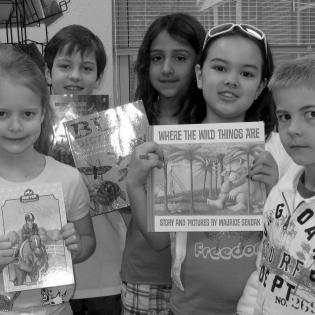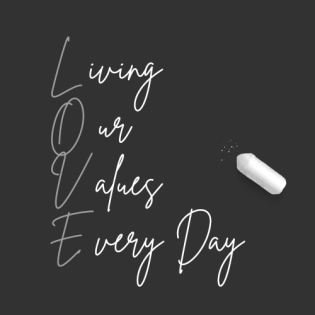Video Clip and Discussion Guide: When a foundation gives money to help a nonprofit carry out its mission or project, the funder and grantee are helping each other make a difference for something they both care about. A healthy funder-grantee relationship is a partnership. Both need the other to do good.
Filter by subjects:
Filter by grades:
Filter by audience:
Filter by issue area:
Filter by content type:
Filter by resource type:
resource search
This toolkit guides youth, educators, group leaders, families, and community groups as they investigate the issue of literacy and prepare to take action. Contents:
These great books help us talk about giving, social justice, diverse people and cultures, challenges people face, and the value of community. We have combined selected literature with thought-provoking discussions and activities. The conversations inspire young people to explore their philanthropic identity. Reading with someone is an opportunity for developing relationships and curiosity across ages and differences.
Through analyzing a Ted Talk by Robin Wall Kimmerer, participants develop their understanding of what it means to respond with gratitude to the gifts from the Earth. Participants expand their awareness of the interdependent relationship between humans and nature. Kimmerer motivates and...
Authored by Seda Arzumanyan
Definition
A
abolitionist
(n) Anti-slavery activist
activism
(n) A practice based on direct action to affect changes in government and social conditions
Activity by Sara Jacobs-Carter and the Midland Area Community Foundation
Preparation
Time: 10 minutes for personal sorting; 15 minutes for pairs/small groups; 15 minutes for whole group discussion
Materials:
Learners research the examples of President Jimmy Carter's values and leadership over his lifetime. They identify his acts of generosity and commitment to the good of all and reflect on how this inspires others.
We are taught to love all humans and help others, but as a society we tend to be less empathetic when we come face-to-face with someone experiencing homelessness and poverty. Breaking the general stereotypes associated with homelessness and poverty with information and ideas may greatly help individuals who are experiencing such struggles. This toolkit provides information, activities, and resources to help youth use their voice, heart, and hands to take big and small actions for a meaningful purpose.



